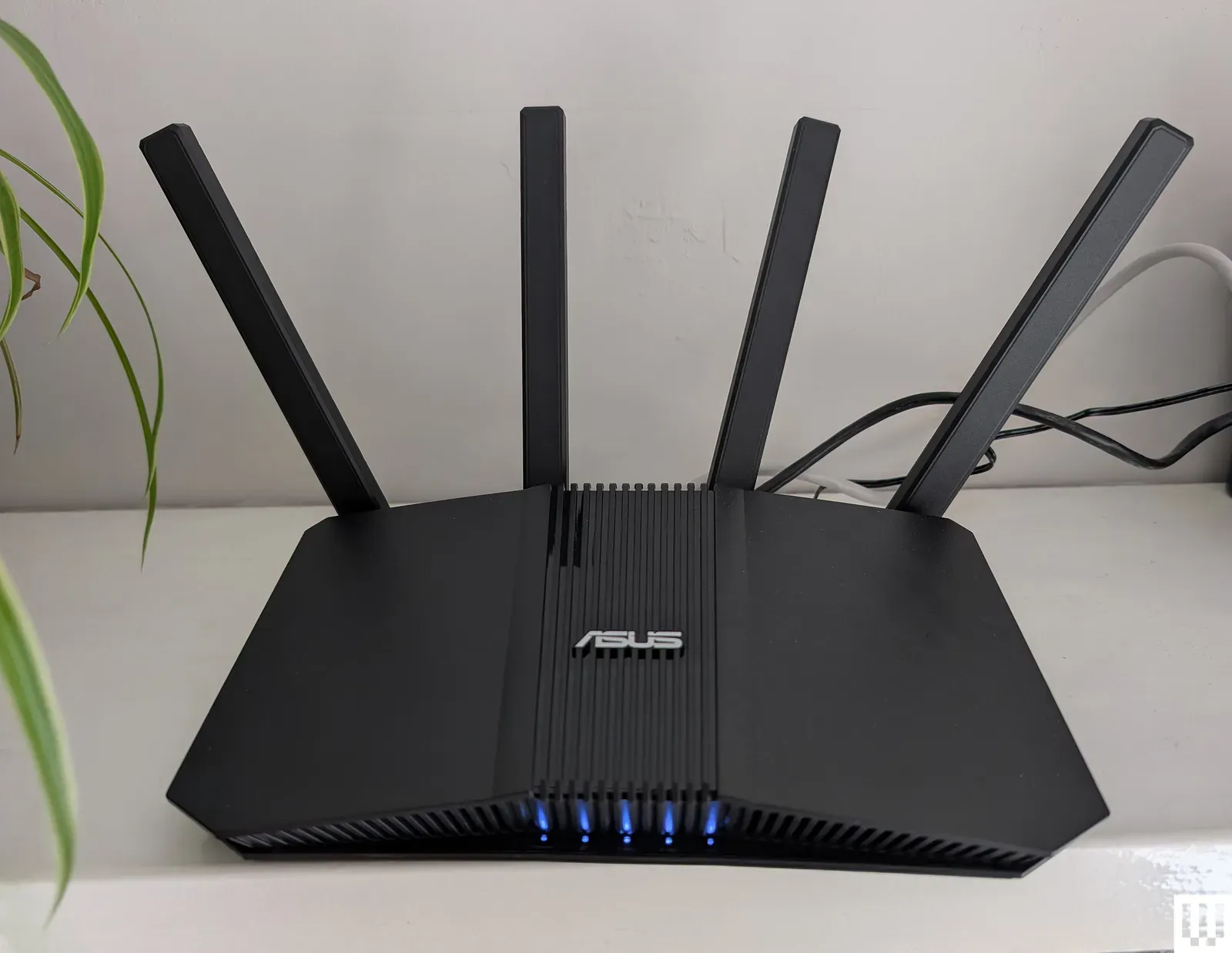In an increasingly connected world, slow internet is more than a nuisance—it can interrupt productivity, disrupt entertainment, and create daily frustration. Fortunately, you don't need to be a tech expert to improve your internet experience. With a few simple yet effective tweaks, you can enhance your Wi-Fi speed and stability.
Here are 12 expert-approved strategies to help you optimize your Wi-Fi setup and enjoy consistently faster internet at home or the office.
Wi-Fi Optimization Basics: What You Need to Know
Before applying these tips, it's important to understand how Wi-Fi works. Your router transmits data over radio frequency bands (typically 2.4 GHz and 5 GHz), and its signal can be weakened by physical obstructions, electronic interference, or poor placement. Improving your connection starts with addressing these core issues.
1. Place Your Router in a Central, Elevated Position
Location matters. Position your router in a central location—preferably off the ground and away from walls or electronic devices. This helps distribute the signal more evenly and reduces interference.
2. Keep Your Router’s Firmware Updated
Outdated firmware can hinder performance and compromise security. Check your router manufacturer’s website regularly for firmware updates, which often include performance enhancements and bug fixes.
3. Switch to a Less Congested Wi-Fi Channel
Wi-Fi networks often overlap, especially in apartment buildings or offices. Use tools like NetSpot or Wi-Fi Analyzer to detect crowded channels and switch to one with less interference for improved speed.
4. Enable Quality of Service (QoS) Settings
QoS prioritizes bandwidth usage by device or application. Use it to give more bandwidth to tasks like video conferencing or gaming while minimizing lag caused by less critical apps.
5. Use a Wi-Fi Extender for Better Coverage
Dead zones in your home? A Wi-Fi extender can amplify the signal and increase coverage. Look for extenders that are compatible with your router’s band (2.4 GHz or 5 GHz) for seamless integration.
6. Upgrade Your Router’s Antennas
Most routers come with standard antennas, but upgrading to high-gain antennas (with a higher dBi rating) can significantly enhance both signal range and strength.
7. Run Regular Internet Speed Tests
Monitor your network performance with tools like Speedtest.net or Fast.com. Identifying speed fluctuations can help you isolate problems and fine-tune your setup.
8. Limit the Number of Connected Devices
Too many connected devices can drain bandwidth. Disconnect unused gadgets and consider using a guest network to manage visitor access without compromising speed.
9. Switch to a Mesh Wi-Fi System
Mesh networks use multiple access points to blanket your home in consistent Wi-Fi coverage. Systems like Netgear Orbi and Google Nest WiFi are ideal for larger homes with dead spots.
10. Utilize the 5 GHz Band for Faster Speeds
Compared to 2.4 GHz, the 5 GHz band offers faster data transfer and less interference. Ensure your router and devices support dual-band functionality and connect to the 5 GHz network whenever possible.
11. Set Up a Guest Network for Added Security
Creating a separate network for guests helps reduce traffic on your primary network and adds a layer of security by isolating connected devices.
12. Upgrade to a Wi-Fi 6 Router
Wi-Fi 6 is the newest generation of wireless technology, offering improved speed, better device handling in crowded environments, and enhanced security. If your current router is more than a few years old, upgrading could be a game-changer.
With these 12 strategies, optimizing your Wi-Fi for faster internet speeds is not only possible—it’s easier than you might think. Regularly evaluating and updating your network configuration can ensure long-term performance and a hassle-free online experience.

